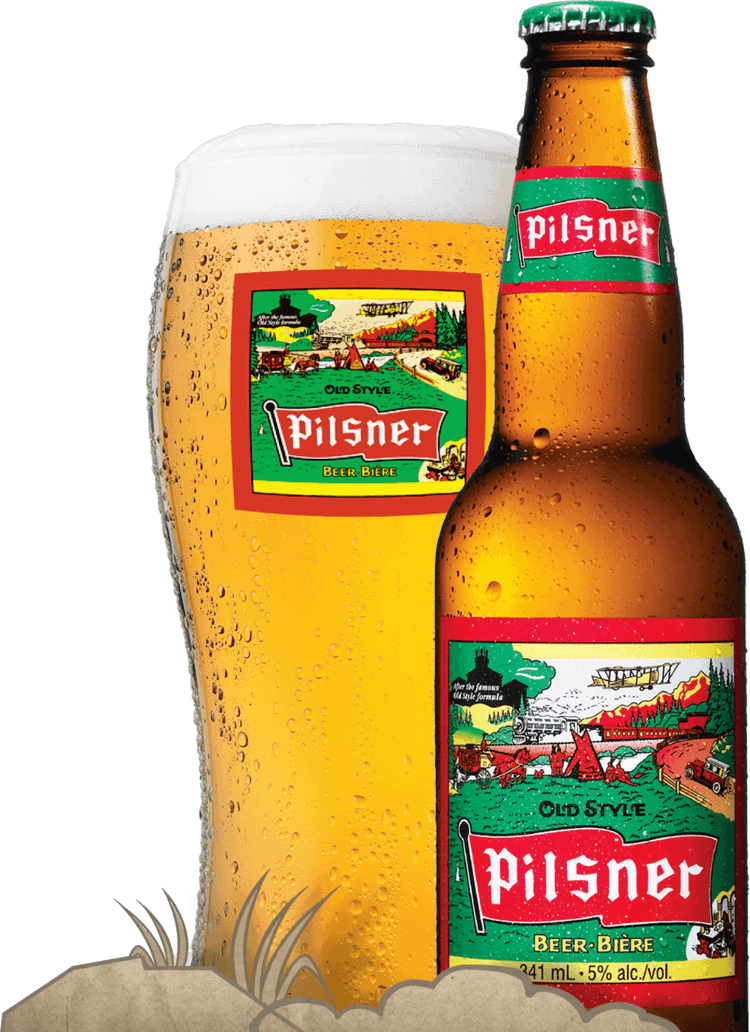 | ||
Similar Lager, Ale, Wheat beer, India pale ale, Stout | ||
Pilsner (also pilsener or simply pils) is a type of pale lager which accounts for more than two-thirds of the beer produced in the world. It takes its name from Plzeň (Pilsen in Geerman), a city in Bohemia, then in the Austrian Empire, now in the Czech Republic, where it was first produced in 1842. The world’s first blond lager, the original Pilsner Urquell, is still produced there today.
Contents
- Pilsner urquell tour the men who invented lager the craft beer channel
- Origin
- Modern pilsners
- Pilsner beer styles
- References
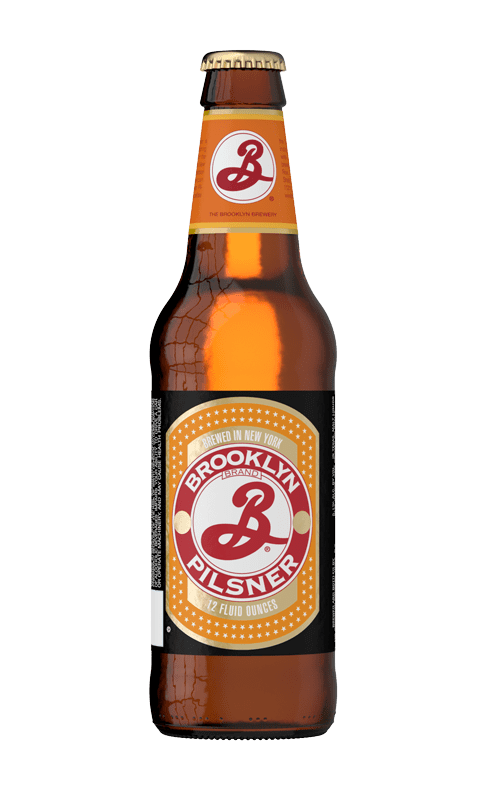
Pilsner urquell tour the men who invented lager the craft beer channel
Origin
The City of Pilsen began brewing in 1295, but until the mid-1840s, most Bohemian beers were top-fermented. The taste and standards of quality often varied widely, and in 1838, consumers dumped whole barrels to show their dissatisfaction. The officials of Pilsen founded a city-owned brewery in 1839, called Měšťanský pivovar Plzeň (German: Bürger-Brauerei, English: Citizens' Brewery - now Pilsner Urquell), which was to brew beer in the pioneering Bavarian style. Brewers had begun aging beer made with bottom-fermenting yeasts in caves (lager, i.e. German: gelagert [stored]), which improved the beer's clarity and shelf-life. Part of this research benefited from the knowledge already expounded on in a book (printed in German in 1794, in Czech in 1799), written by Czech brewer František Ondřej Poupě (Ger: Franz Andreas Paupie) (1753–1805) from Brno.
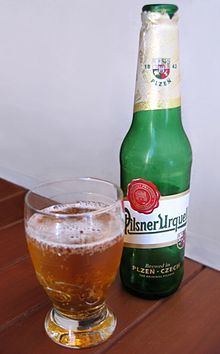
The Pilsen brewery recruited the Bavarian brewer Josef Groll (1813–1887) who, using new techniques and paler malts, presented his first batch of pilsner on 5 October 1842. The combination of brighter malt prepared by English technology, Pilsen's remarkably soft water, local Saaz noble hops from nearby Žatec and Bavarian-style lagering produced a clear, golden beer that was regarded as a sensation. Groll returned to Vilshofen, three years later in 1845, and there later inherited his father's brewery.
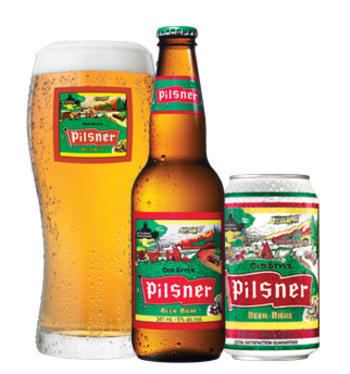
Emergence of efficient glass manufacturing in Europe, around the same time, lowered glass prices. This allowed the general population to purchase glass drinking vessels for the first time. These former luxury items showcased the visually pleasing golden clarity of the recently invented Bohemian style, further influencing the pilsner's rapid dissemination.

In 1853 the beer was available in 35 pubs in Prague, in 1856 came to Vienna and in 1862 to Paris. Improving transport and communications also meant that this new beer was soon available throughout Europe, and the Pilsner style of brewing was soon widely imitated. In 1859, “Pilsner Bier” was registered as a brand name at the Chamber of Commerce and Trade in Pilsen. In 1898, the Pilsner Urquell trade mark was created to put emphasis on being the original brewery.
Modern pilsners

The introduction to Germany of modern refrigeration by Carl von Linde in the late 19th century eliminated the need for caves for beer storage, enabling the brewing of bottom-fermenting beer in many new locations. Until recently the Pilsner Urquell brewery fermented its beer using open barrels in the cellars beneath their brewery. This changed in 1993 with the use of large cylindrical tanks. Small samples are still brewed in a traditional way for taste comparisons.
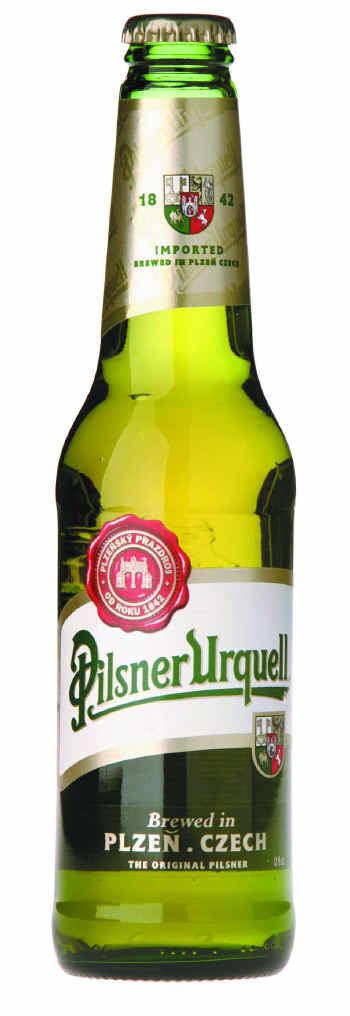
A modern pilsner has a very light, clear colour from pale to golden yellow and a distinct hop aroma and flavour. The alcohol strength is typically around 4.5%-5% (by volume), if pilsner is brewed stronger, it is usually labeled "Export". Pilsners compete in categories like "European-Style Pilsner" at the World Beer Cup or other similar competitions. Pilsen style lagers are marketed internationally by numerous small brewers and larger conglomerates.
Pilsner beer styles

light straw to golden color with more bitter or earthy taste - Jever, Beck's, Bitburger, Flensburger, Holsten, König, Krombacher, Radeberger, Veltins, Warsteiner, Wernesgrüner, St Pauli Girl
golden, full of colors, with high foaminess and lighter flavour - Pilsner Urquell, Gambrinus, Kozel, Svijany, Staropramen, Radegast
has a slightly sweet taste, can be produced from other than barley malt - Dutch: Amstel, Grolsch, Heineken or Belgian: Jupiler, Stella Artois
